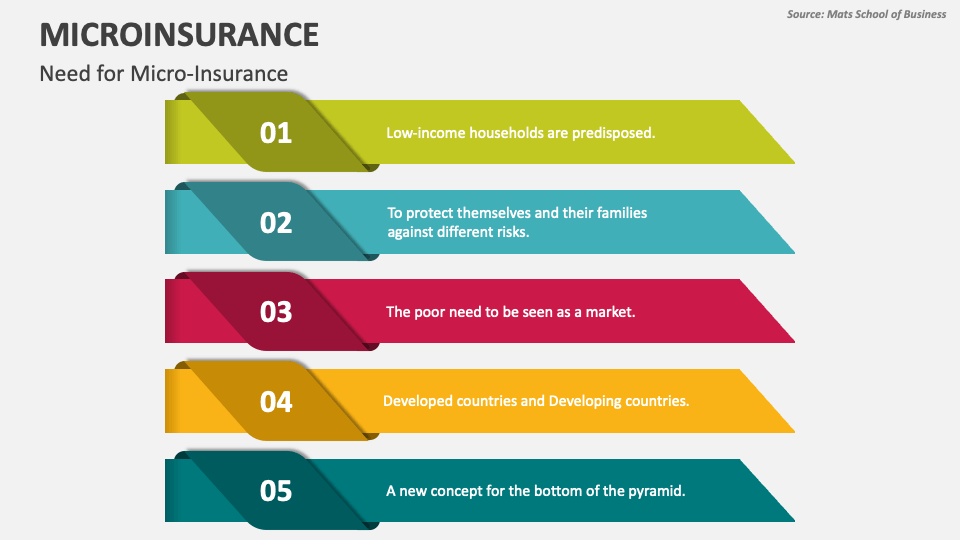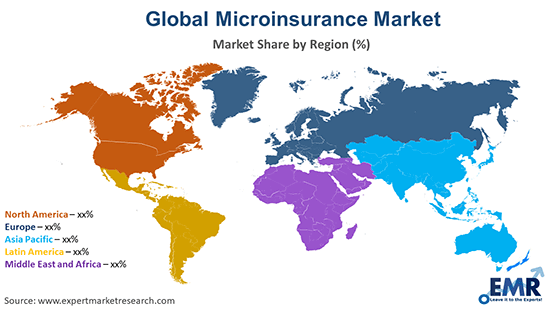Unleashing the Untapped Potential of Micro insurance to Transform Lives
In developing economies, millions of people live on the fringes of financial security, facing constant vulnerability to various risks and uncertainties. For them, a single unexpected event, such as a crop failure, a medical emergency, or a natural disaster, can lead to financial devastation. Traditional insurance products often remain unaffordable and inaccessible to this economically marginalized population. However, a promising solution has emerged in the form of micro insurance, offering the potential to bridge the gap and extend the protective umbrella of financial inclusion to those in need. This article delves into the untapped potential of microinsurance and its significant impact on promoting financial resilience in developing economies.

Understanding Micro insurance
Microinsurance, as the name suggests, is a form of insurance tailored to cater to the specific needs of low-income individuals and vulnerable communities. Unlike conventional insurance, microinsurance offers affordable coverage with lower premiums and simplified processes, making it accessible to those who have been traditionally excluded from formal financial services. This inclusivity allows the financially underserved to access vital protection against risks while fostering long-term economic growth and social development.
Empowering Low-Income Individuals
For many living in poverty, a single mishap can push them deeper into the vicious cycle of destitution. The absence of insurance often forces them to rely on limited savings or high-interest loans, perpetuating their financial struggles. Microinsurance breaks this cycle by providing a safety net that mitigates the impact of unexpected events. With the assurance of financial protection, low-income individuals can pursue livelihood opportunities without fearing catastrophic losses, invest in education, and build a path towards a more prosperous future.
Shielding Small Businesses
Microenterprises are the backbone of developing economies, contributing significantly to employment and local economic growth. However, these businesses often operate on a fragile financial margin and are exposed to various risks. Microinsurance plays a vital role in protecting these small-scale entrepreneurs against unforeseen challenges, such as theft, fire, or business interruptions. By securing their livelihoods, microinsurance fosters entrepreneurship and enhances the resilience of local economies.
Enhancing Agricultural Sustainability
Agriculture remains the primary source of income for many in developing countries. Smallholder farmers face numerous uncertainties, including climate-related risks and volatile market conditions. Microinsurance tailored for agriculture offers crucial support by compensating farmers for crop failures, natural disasters, or livestock losses. By providing a safety net, microinsurance encourages farmers to adopt modern agricultural practices, invest in technology, and improve their productivity, ultimately contributing to food security and rural development.
Healthcare Access for All
Inadequate access to affordable healthcare is a pressing issue in many developing nations. Microinsurance can play a transformative role in addressing this challenge by offering health coverage to low-income individuals and their families. This coverage enables them to seek timely medical attention, prevent illness, and manage chronic conditions effectively. By promoting better health outcomes, microinsurance contributes to a more productive and resilient workforce.
Harnessing Technology for Scalability
Technology has emerged as a game-changer in expanding the reach of microinsurance. Mobile phones and digital platforms have simplified policy distribution, premium payments, and claims processing, reducing administrative costs and making microinsurance economically viable for insurers. Additionally, data analytics and machine learning help in designing tailor-made products that cater to the diverse needs of beneficiaries.
Challenges and the Way Forward
Despite its immense potential, microinsurance faces several challenges. Low awareness, limited product understanding, and regulatory hurdles often hinder its widespread adoption. To unlock its full potential, collaboration among governments, insurance providers, non-governmental organizations, and international agencies is crucial. Public-private partnerships can facilitate educational campaigns, incentivize insurers to offer microinsurance products, and establish regulatory frameworks that protect both the insured and the insurers.
Top 5 Microinsurance Companies:
- BIMA: BIMA is a leading microinsurance provider that operates in several countries, including Ghana, Bangladesh, and Indonesia. They offer affordable insurance coverage through mobile technology, making it accessible to underserved populations.
- MicroEnsure: MicroEnsure is a global microinsurance specialist that partners with mobile network operators and financial institutions to provide insurance products in various developing countries. They focus on delivering simple and relevant insurance solutions to low-income individuals and families.
- AllLife: AllLife is a microinsurance company based in South Africa, catering to people living with HIV/AIDS and diabetes. They offer life insurance and other related products with tailored coverage for individuals with pre-existing medical conditions.
- Jiwo Janci: Jiwo Janci, operating in Indonesia, is a microinsurance company that provides affordable health and life insurance to low-income communities. They utilize mobile technology and a unique community-based approach to reach a broader audience.
- Bajaj Allianz Life Insurance: Bajaj Allianz, headquartered in India, is a significant player in the microinsurance space. They offer a range of microinsurance products, including life, health, and agricultural insurance, designed to meet the needs of rural and low-income customers.
Top 5 Countries Utilizing Microinsurance Effectively:

- India: India has emerged as a leader in microinsurance, with various initiatives aimed at promoting financial inclusion and social protection. The government’s efforts, along with partnerships with private insurers, have led to widespread adoption of microinsurance products across the country.
- Philippines: The Philippines has a well-established microinsurance sector, supported by a regulatory environment that encourages innovation and inclusion. Microinsurance providers have successfully reached out to low-income individuals and marginalized communities, ensuring broader coverage against risks.
- Kenya: Kenya is at the forefront of using mobile technology to deliver microinsurance products. The country’s innovative approach has made insurance accessible and affordable to many, particularly in the rural areas where traditional insurance was previously out of reach.
- Ghana: Ghana has made significant strides in promoting microinsurance through regulatory support and collaboration between the government, insurers, and other stakeholders. The country has witnessed substantial growth in microinsurance penetration, providing financial security to vulnerable populations
. - Colombia: Colombia has seen impressive growth in microinsurance, especially in the health insurance sector. The government’s efforts to promote microinsurance as a means of expanding social protection have resulted in increased coverage for low-income individuals and rural communities.
These countries and microinsurance companies serve as examples of how microinsurance can effectively promote financial inclusion and provide much-needed security to vulnerable populations in developing economies. With continued support and innovation, microinsurance can make a profound impact on the lives of millions worldwide.
Frequently Asked Questions (FAQs) about Microinsurance

- What is microinsurance, and how is it different from regular insurance? Microinsurance is a type of insurance specifically designed to cater to the needs of low-income individuals and vulnerable communities in developing economies. It offers affordable coverage with lower premiums and simplified processes, making it accessible to those who have been traditionally excluded from formal insurance services. Regular insurance typically targets a broader market and may have higher premiums and more complex policies, which can be prohibitive for the financially underserved.
- What risks does microinsurance cover? Microinsurance covers a range of risks, including health-related expenses, agricultural losses, accidents, property damage, and life insurance. The coverage varies depending on the insurance provider and the specific needs of the target population. For example, in rural areas, microinsurance may focus on crop failures and livestock losses, while in urban settings, it may include health and accident coverage.
- Who can benefit from microinsurance? Microinsurance is designed to benefit low-income individuals, small-scale entrepreneurs, and marginalized communities in developing economies. It aims to provide them with financial security against unexpected events that could lead to significant financial setbacks. This includes small farmers, micro-entrepreneurs, informal sector workers, and others with limited access to formal financial services.
- How can one access microinsurance products? Accessing microinsurance products has become easier due to advancements in technology. In many cases, microinsurance is distributed through mobile platforms and digital channels, allowing potential beneficiaries to sign up and manage their policies using simple mobile phones. Some microinsurance providers also collaborate with local partners, such as microfinance institutions or community organizations, to reach a wider audience.
- What are the benefits of microinsurance to communities and economies? Microinsurance plays a crucial role in promoting financial inclusion and social protection. By providing a safety net against various risks, it empowers low-income individuals and communities to engage in productive activities without the fear of financial ruin. It also enhances resilience, encourages entrepreneurship, and fosters economic growth. Additionally, in the event of natural disasters or health crises, microinsurance can help communities recover more quickly, reducing the burden on public resources and aid agencies.
